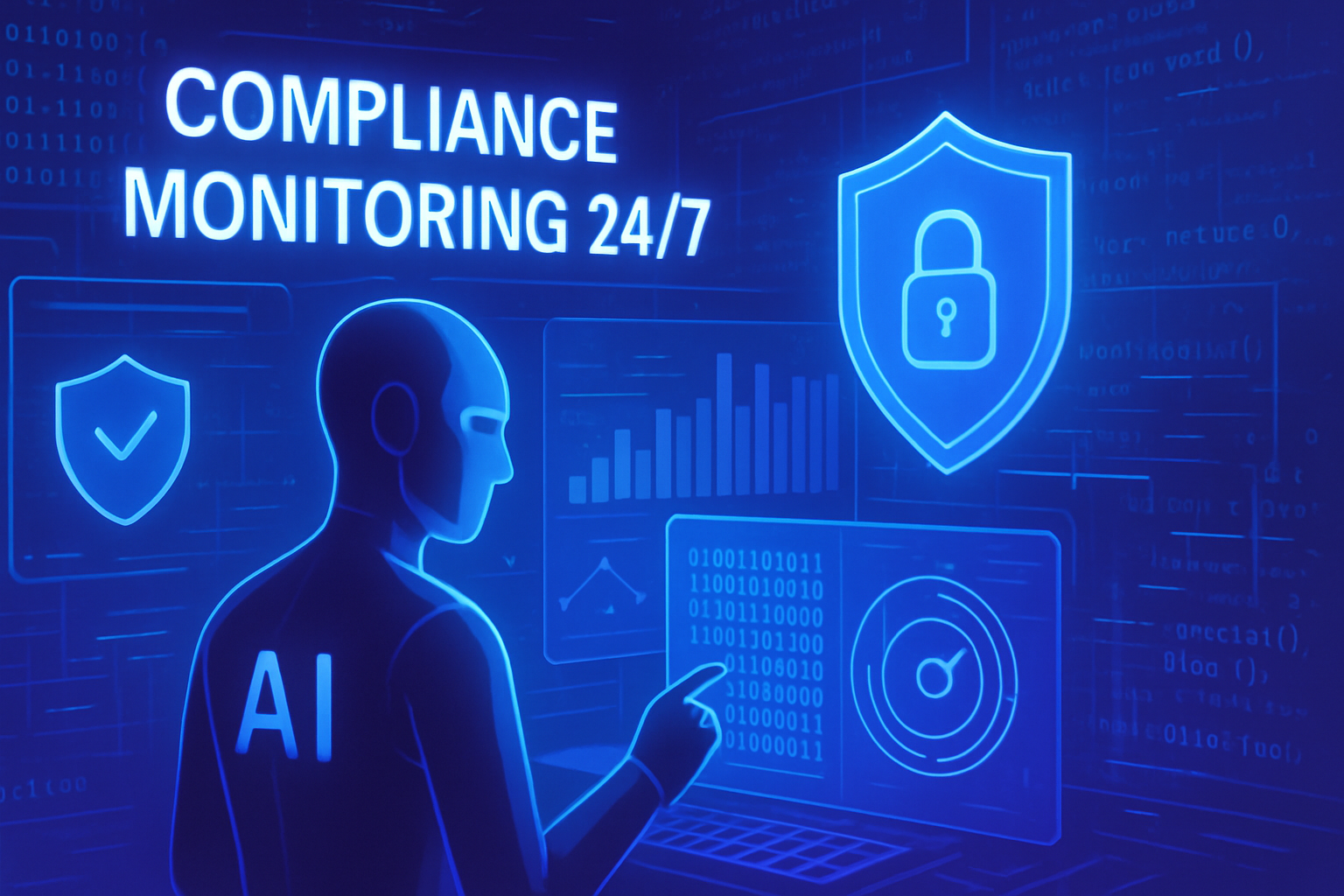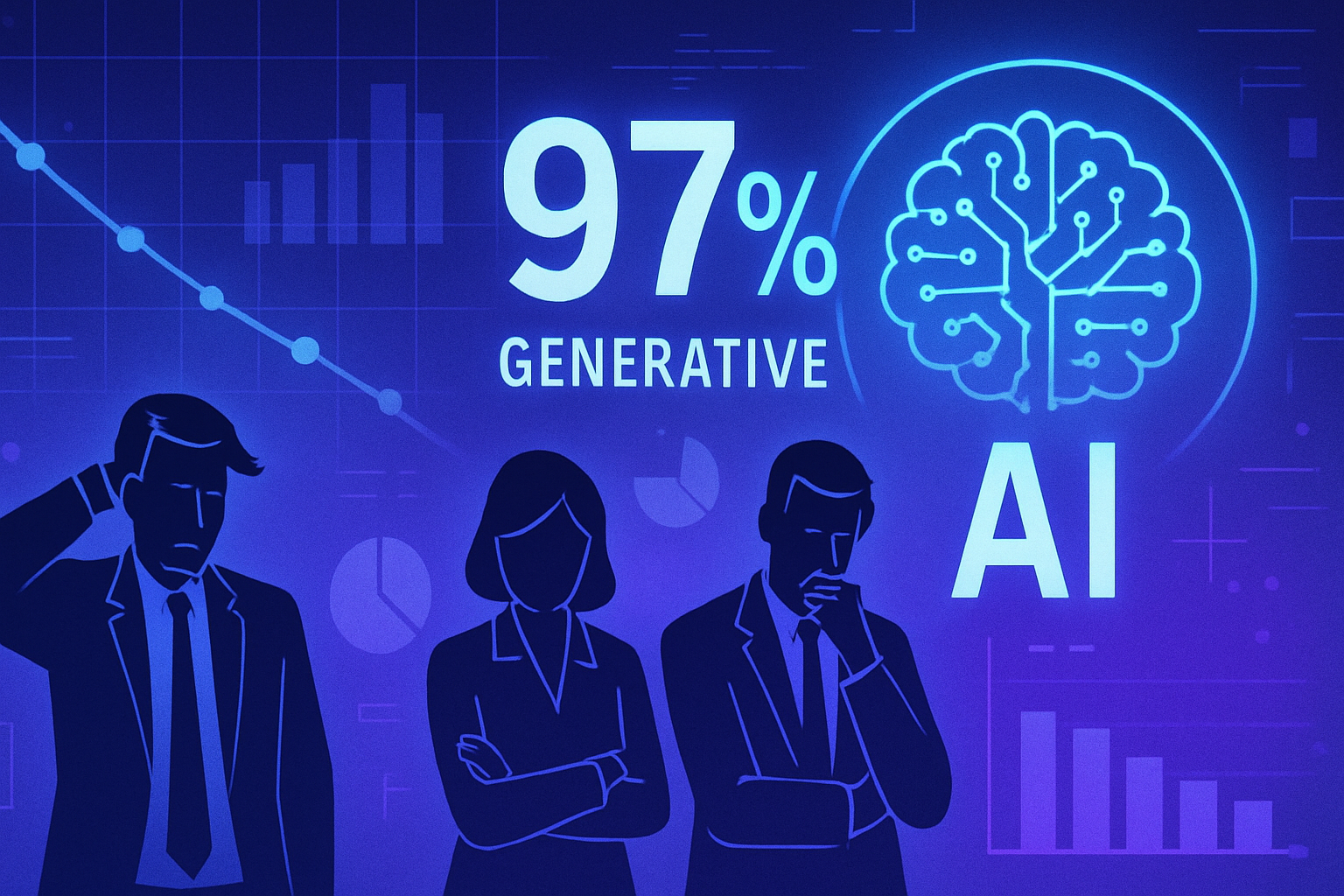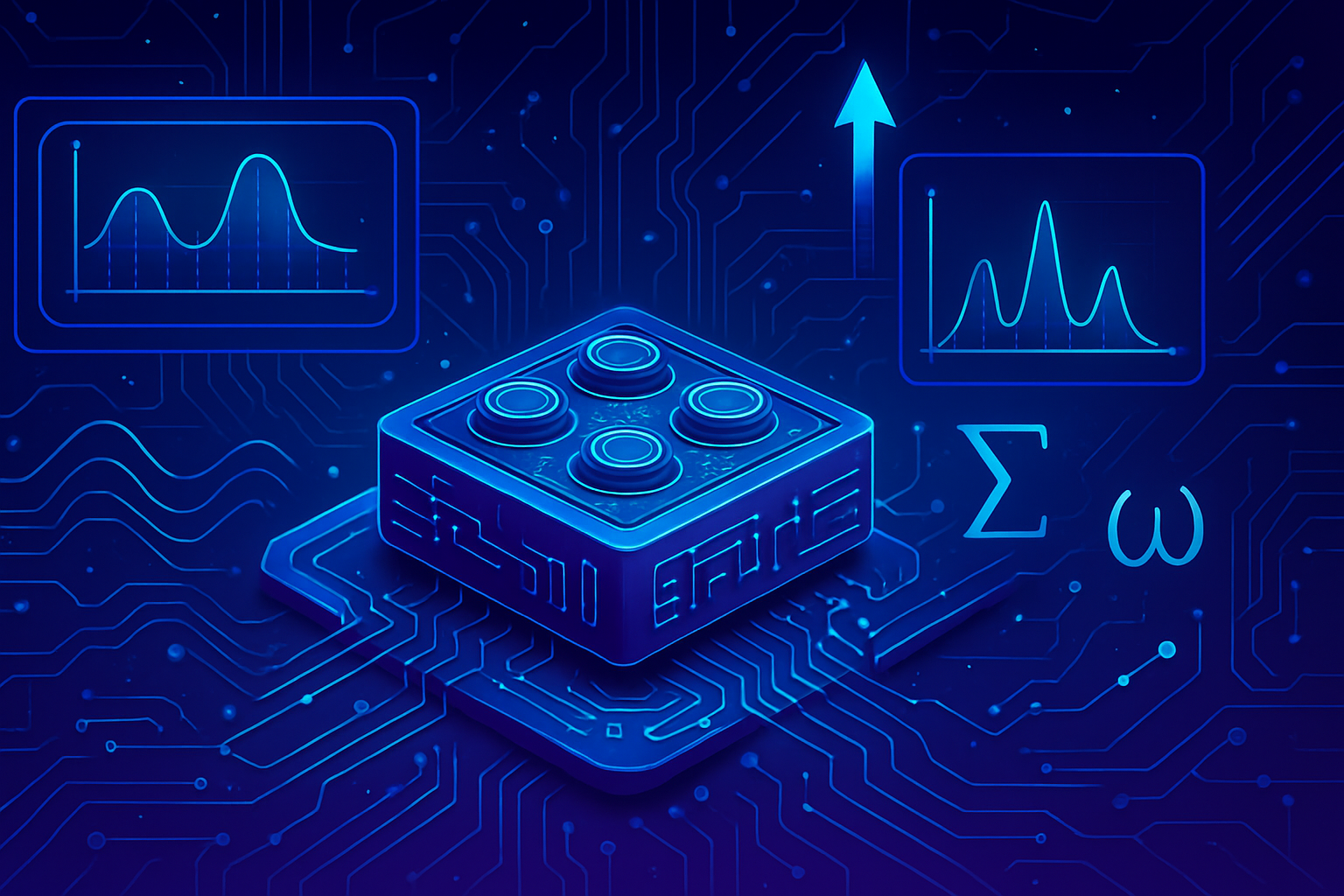Data protection has become a strategic imperative in the face of ubiquitous cyber threats. Regulatory requirements, such as the General Data Protection Regulation, compel companies to adopt innovative approaches. The integration of artificial intelligence in compliance monitoring is revolutionizing this field, enabling uninterrupted vigilance.
Adopting a 24/7 monitoring system is essential to anticipate and neutralize risks. With advanced analytical capabilities, AI stands out for its ability to detect anomalies in real-time. The shift towards proactive compliance, rather than reactive, thus becomes an unavoidable necessity in today’s digital age.
Evolution of Compliance Monitoring
Compliance monitoring is no longer limited to periodic checks. It has become a continuous responsibility, crucial in light of increasing cyber threats and increasingly strict regulatory requirements. Companies must imperatively adopt automated monitoring methods to ensure the protection of their sensitive data.
The Limits of Traditional Methods
Traditional compliance monitoring approaches often rely on annual assessments, leaving organizations to react after incidents. This method remains insufficient in the face of the requirements of the General Data Protection Regulation (GDPR) and other emerging regulatory frameworks. Real-time visibility becomes necessary to maintain a robust security posture.
Benefits of AI in Continuous Monitoring
Artificial intelligence (AI) is revolutionizing the way compliance is monitored. Machine learning algorithms can process vast volumes of data in real-time, allowing for the identification of patterns and anomalies. Systems can simultaneously monitor multiple data streams, providing integrated oversight within modern digital environments.
Rapid Detection of Violations
The response speed of AI systems far exceeds that of manual methods. These systems detect and respond to potential violations within seconds, limiting the impact of incidents on data security. This ability to act quickly minimizes the risks of non-compliance and ensures effective protection.
Automation of Responses
The combination of AI and automated response mechanisms further enhances protective capabilities. When a potential violation is identified, systems can initiate predefined response protocols, such as notifying personnel or implementing emergency access controls. Automation ensures consistent reactions, regardless of circumstances.
Comprehensive Coverage of Digital Assets
Modern organizations manage complex digital ecosystems comprising cloud services, on-premises infrastructures, and third-party applications. AI offers unified monitoring and ensures that protection standards remain consistent, regardless of data location. This is particularly crucial in cloud environments.
Monitoring the Data Lifecycle
It is essential to ensure that data management practices remain compliant throughout their lifecycle. Integrating compliance automation platforms, such as Thoropass, helps ensure that each processing stage meets regulatory requirements. Maintaining this compliance is critical in a context of constantly increasing data volumes.
Predictive Analytics for Risk Management
Beyond reactive monitoring, AI enables the use of predictive analytics. By scrutinizing user behaviors and system configurations, systems can anticipate high-risk scenarios. This forward-looking vision helps companies implement preventive measures and address vulnerabilities before they escalate into actual violations.
Optimization of Regulatory Reporting
AI-assisted monitoring systems excel in producing detailed audit trails and compliance documents. They automatically collect evidence and present it in accordance with regulatory requirements. This level of automation reduces the administrative burden associated with compliance, ensuring accuracy and completeness.
Real-Time Compliance Assessments
The ability to generate real-time compliance reports enhances transparency and responsiveness for businesses facing regulatory requirements. Continuous assessment allows for the rapid identification of gaps and proactive remediation. The shift to AI-driven compliance monitoring establishes a solid foundation for tackling future challenges.
To learn more about the importance of data accuracy for AI in business, check out this article on Actu.ai. An essential evolution of regulations regarding AI is underway, as evidenced by this article on Brussels’ advancements. Feel free to explore concrete AI applications, such as Meta’s project for enhancing data recognition.
Frequently Asked Questions about 24/7 Compliance Monitoring: The Advantage of AI in Data Protection
What is 24/7 compliance monitoring?
It is a continuous process of monitoring and assessing adherence to data protection regulations, ensuring a rapid response to compliance incidents.
How does artificial intelligence improve compliance monitoring?
AI enables real-time data analysis, automatically identifying anomalies and suspicious behaviors that may indicate non-compliance.
What are the main benefits of using AI for data protection compliance?
The main advantages include rapid detection of potential violations, in-depth data analysis, and reduced administrative burden associated with compliance documentation.
How do AI systems identify compliance violations?
These systems use machine learning algorithms to recognize normal patterns in data and flag any significant deviations that may represent a violation.
Can AI compliance monitoring apply to cloud environments?
Yes, AI is particularly effective in cloud environments where configurations can change rapidly, ensuring real-time compliance maintenance.
What is the difference between traditional compliance monitoring and AI-driven monitoring?
Traditional monitoring relies on one-time assessments, while AI allows for ongoing and proactive monitoring, thus providing faster responses to violation risks.
How can organizations integrate AI into their compliance strategy?
Organizations can adopt AI-based automated compliance platforms that ensure constant monitoring of data management processes and regulatory compliance.
What types of compliance incidents can AI systems detect?
AI systems can detect various incidents, such as unauthorized access, unusual data transfers, and violations of internal data protection policies.
Can AI assist in long-term compliance risk management?
Yes, AI allows for analysis of historical trends and user behaviors to anticipate and mitigate future non-compliance risks.
What is the importance of documentation in AI compliance monitoring?
Accurate documentation is crucial for proving compliance during audits and ensuring transparency in automated monitoring activities.






